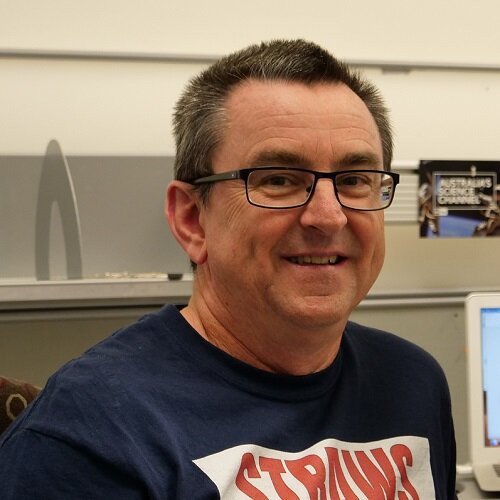Last updated April 3, 2020 at 3:05 pm
As the COVID-19 pandemic continues to develop here and around the globe, stay informed with our regular update of the situation.
Why This Matters: Stay safe and up to date.
The Numbers
Global
Global
Confirmed cases: 1,015,709
Confirmed deaths: 53,069
Source: Johns Hopkins University (2:00pm AEDT 3 April 2020)
Australia
Confirmed cases: 5116
Confirmed deaths: 24
ACT: 87 cases, 1 death
NSW: 2298 cases, 10 deaths
NT: 21 cases, 0 deaths
Queensland: 835 cases, 4 deaths
SA: 367 cases, 0 deaths
Tasmania: 72 cases, 2 deaths
Victoria: 1036 cases, 5 deaths
WA: 400 cases, 2 deaths
Source: Johns Hopkins University (2:00pm AEDT 3 April 2020)
Science
Announcements and publications about COVID-19 vaccines have been prominent in recent days, including those from The University of Pittsburgh in the US and CSIRO in Australia.
Deeper: CSIRO begins early testing of two possible COVID-19 vaccines
Contact tracing is a critical tool for epidemiologists seeking to limit the spread of coronavirus, but there’s little they can do to detect asymptomatic infections. Now, a team at the UK’s Cranfield University has published its work on a wastewater-based epidemiology (WBE) approach to predicting the potential spread of COVID-19 – by picking up on biomarkers in faeces and urine from disease carriers that enter the sewer system. WBE is already recognised as an effective way to trace illicit drugs and obtain information on health, disease, and pathogens.
Data
As data accumulate so too do new ways of using it to visualise the pandemic. Animated graphics recently produced by MIT Technology Review using CSSE data are particularly compelling representations of the growth over time in cases and deaths.
New Zealand has released six reports on data modelling of various coronavirus impacts in the country. “It’s critical to understand that each of the models presents a number of potential future scenarios; there are no ‘predictions’” reads the accompanying press release.
Researchers at New York University have published results of a new study aimed at determining whether artificial intelligence (AI) techniques could assist clinicians in accurately predicting which patients with COVID-19 would go on to develop Acute Respiratory Distress Syndrome (ARDS), the fluid build-up in the lungs that can be fatal in the elderly.
Also: How is COVID-19 treated, and does the the coronavirus cause lasting damage?
Using demographic, laboratory and radiological data collected from 53 COVID-19 patients at two Chinese hospitals, the researchers designed computer models that make data-driven decisions, with programs getting “smarter” the more data they consider.
Unexpectedly, the AI tool has found that changes in three markers – levels of the liver enzyme alanine aminotransferase (ALT), reported myalgia (muscle pain), and haemoglobin levels – were the most accurate predictors of subsequent severe disease. Together with other factors, the team reports being able to predict ARDS risk with up to 80% accuracy.
Share Index
A world reimagining and reshaping itself provides rich fodder for new ways of doing things, and with everyone locked out of the usual places to socialise the concept of virtual dating seems timely.
Think you’ve got it tough living with COVID-19 restrictions? Consider the plight of India’s countless millions of migrant labourers and manual labourers – and think again.
Would you consider volunteering for a COVID-19 vaccine if and when testing starts? You should probably meet a young American who’s signed up for trials in the US’s Pacific Northwest.
It seems that streets deserted because of coronavirus lockdown in the Welsh village of Llandudno have proved inspirational for a wild herd of Kashmiri goats.




























































































































































































































































